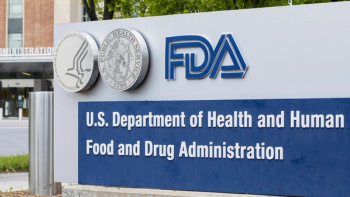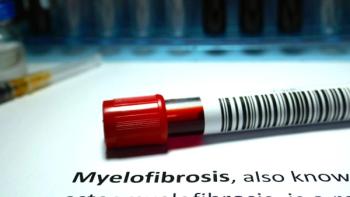
Patients With Unresectable Liver Cancer May Have a ‘Promising and Tolerable’ Treatment Option With Combination Therapy
The use of a non-invasive procedure combined with Lenvima plus Tyvyt demonstrated safe and effective results in patients with liver cancer not eligible for surgical resection.
Safe and effective results were observed in patients with unresectable liver cancer when treated with transarterial chemoembolization (TACE) combined with Lenvima (lenvatinib) plus Tyvyt (sintilimab), according to recent study findings.
“TACE combined with (Lenvima) plus sintilimab is a promising and tolerable therapeutic regimen for patients with unresectable (liver cancer),” the study authors wrote in the poster presented at the 2022 ASCO Gastrointestinal Cancers Symposium.
In particular,
Previously, combination therapies for the treatment of this patient population have demonstrated favorable results including PD-1 inhibitors plus Lenvima and TACE plus Lenvima. However, the three combined had not yet been investigated for patients with unresectable liver cancer.
The study included data from 52 patients (86.4% men; 76.7% aged 65 years or younger) diagnosed with liver cancer who received Lenvima orally once daily, two weeks before undergoing TACE. Tyvyt was administered following TACE, and the TACE procedure was then repeated four to six weeks later.
The main goals of the study were to assess the objective response rate (the rate of a measurable response to the treatment) and duration of response (time a tumor responds to treatment without growth or spread), in addition to safety of the treatment.
After a median follow-up of 12.5 months, the objective response rate was 46.7%, four patients had a complete response (or the disappearance of cancer as a response to treatment) and 24 patients had a partial response (a decrease in tumor size or the amount of cancer in the body as a response to treatment).
Twenty-three patients had stable disease, whereas nine patients had progressive disease. The median duration of response for patients who responded to the treatment was 10 months.
Additionally, the median progression-free survival (time during and after treatment when the patient lives without disease progression) was 13.3 months and overall survival (time from diagnosis or treatment start when patients are alive) was 23.6 months.
Side effects occurred in 84.6% of patients and most commonly included fatigue (30.8%), high blood pressure (25%), diarrhea (19.2%), decreased appetite (23%), and
For more news on cancer updates, research and education, don’t forget to





